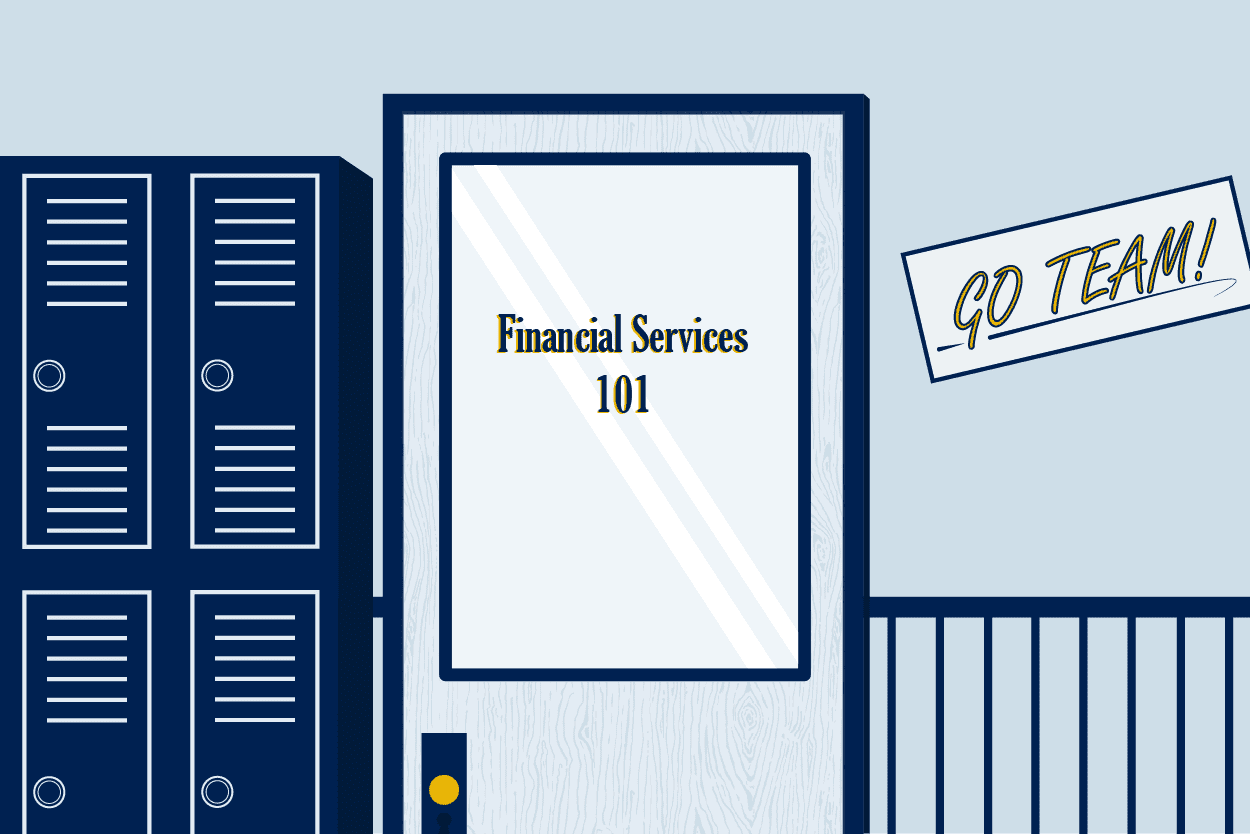What are market data solutions?
Market Data Solutions are tools and services that help firms address the challenges associated with the ingestion and use of financial markets information. When seeking to understand these challenges and solutions, one must first understand what market data is.
What is market data?
Market data, at a high level, is dynamic financial markets information such as prices and rates that can change second-by-second and usually at least daily. As a result, the volumes of such data are orders of magnitude higher than reference data. It can have different meanings, however, to buy and sell-side firms.
For the sell-side, the definition of market data is very specific. It consists of the bid, mid, ask, open, low, and high prices by asset class, as well as rates, curves, and equities. Simply put, it’s the prices and rates associated with instruments traded on financial markets.
For the buy-side, market data has a much broader definition. It consists of analytics data, such as price earnings ratios, liquidity and risk information, and yearly high/low metrics, as well as pricing and fundamentals data for equities and instruments.
Why do I need it?
Operationally, on the sell side, a market data solution brings data into systems that produce valuations, daily profit and loss metrics, and market risk calculations, with a data set focused on the above price types that are required for these functions. Since the 1980’s, banks have been responsible for producing a daily P&L for their board members, regulators, and other stakeholders. As such, data accuracy and timing are critical and there is zero room for error as daily P&Ls and valuations are mandatory regulatory requirements. This means, at a fundamental operational level, one way or other banks need to come up with a set of end-of-day prices for their P&L. If they don’t have a market data solution to help them establish, clearly, the correct end-of-day prices, they’ll presumably be generating this through spreadsheets or disparate systems, which leads to substantial operational inefficiencies and regulatory pressure. For the buy-side operational user, the solution is used for NAV, equity and bond pricing, ETFs, fair value, and derivatives pricing.
From an analytics perspective, the use cases are much more varied. Firms use market data for quantitative research, portfolio risk & analytics, performance measurement, and model development. This data also includes both pricing and dynamic data possibly enriched with reference data attributes. Companies use a market data solution to help facilitate all of this, as well as to inform AI/ML trading strategies, and establish and understand trends and forecasts on data that is changing constantly.
In both cases, having a market data solution helps firms achieve their respective objectives more effectively and more efficiently. In addition, the costs of this market data add up substantially by the end of the year and those costs need to be allocated at a granular level. Market data solutions help provide transparency into what data has been requested from what vendors, what happens to that data along the way, and how that data is distributed to different teams, thereby enabling that allocation and even lowering those costs.
How do you track market data?
Firms can track market data first by centralizing all the market data into one place, then controlling how it gets distributed and used. The market data solution allows the firm to establish clear, auditable, and enforceable data governance, lineage, and entitlement rules around the data. The data lineage establishes how a firm has reached a centralized (golden) price, while the entitlement rules ensure that the data has been distributed to the right people, and that the right people have interacted with it. Data governance rules establish very clearly who can and has interacted with it.
What should I look for in a good one?
A good market data solution starts with two fundamental parts: built in automation for highly effective and accurate suspect price detection techniques, and an efficient user interface to manage those exceptions.
The automation should be able to detect suspects prices, such as stale or zero prices, through a variety of factors, such as curve movements, statistics, or by identifying proxies with other instruments. With those automations in place, the solution needs a UI that can action those suspect prices. A good UI will allow the user to efficiently hone in on suspects with UI mechanisms such as four-eyes control, maker-checker, tracking price and audit changes, as well as visualization for curves & surfaces and identifying different types of exceptions.
Beyond this, a good solution should have excellent data lineage capabilities and a robust data model to ideally integrate with other asset classes and even other systems such as your security master.

